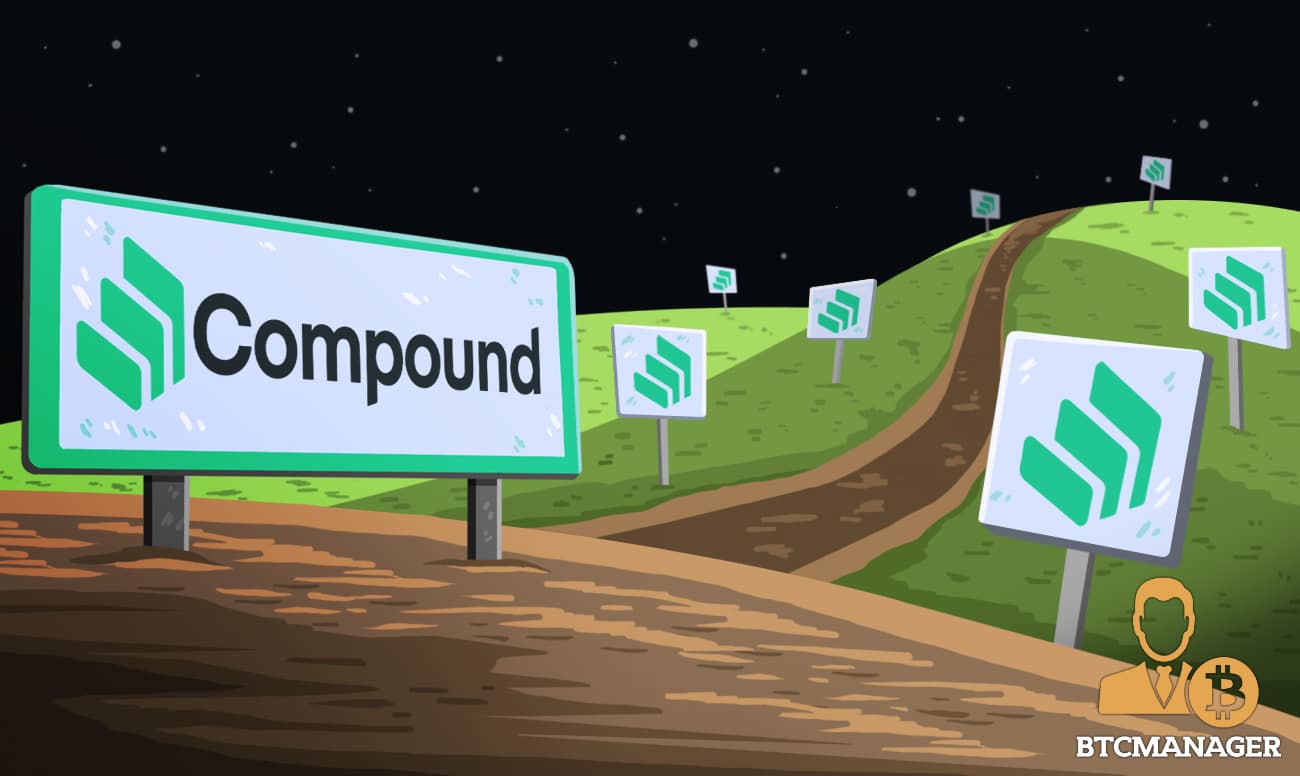DeFi Behemoth Compound Protocol Steps Toward Total Decentralization

Compound’s money markets have quickly become one of the most utilized dApps in all of crypto. The enthusiasm for the protocol has yet to die down, even as Moloch and SpankChain CEO, Ameen Soleimani, released a detailed overview of Compound, highlighting how centralized it is. While this sparked debate and a tiny amount of outrage, Compound has shown its commitment to decentralization by gradually taking steps to mitigate a single point of failure, October 23, 2019.
Gradually, Then Suddenly
Rome wasn’t built in a day, and neither can an efficient, functional decentralized protocol. dApps face a major conundrum at inception: do they go completely decentralized from the get-go, or should they create an efficient mechanism and gradually release control to the open market?
Compound chose the latter, and this has paid off immensely. The protocol has a comptroller contract that can essentially call functions to override the natural design of the network. With the v2.2 upgrade, Compound is putting comptroller action into a timelock smart contract. This means comptroller action cannot be immediately executed; there is a minimum 2 days notice from the time of announcement, to execution. More important upgrades, like changing the risk management system, can have a delay of up to 14 days.
The second change is the introduction of a ‘pause guardian’. Simply put, this allows the Compound team to halt certain functions in the event of an unforeseen risk materializing. Once paused, the guardian contract cannot unpause the event, at which time the Comptroller will step in to fix things. It’s important to note that the functions to redeem capital lent or repay a loan taken out will not be restricted in the event of a pause.
Permissionless Finance is Here
The mixture of lending/borrowing protocols like Compound and dYdX with a host of other functions like automated fund management, liquidity relays, insurance, and derivatives is making open finance interoperable.
The integration of various protocols to serve a particular purpose is making the entire stack reliable on each other’s efficiency. For example, without Maker, Compound would cease to be liquid as a majority of their demand and supply comes from DAI, and there is no DAI without Maker.
Interoperability between these protocols is an essential component to having a seamless user experience. Owing to this, the need for either blockchain interoperability or all of these products to be built on the same blockchain is being made abundantly clear.













